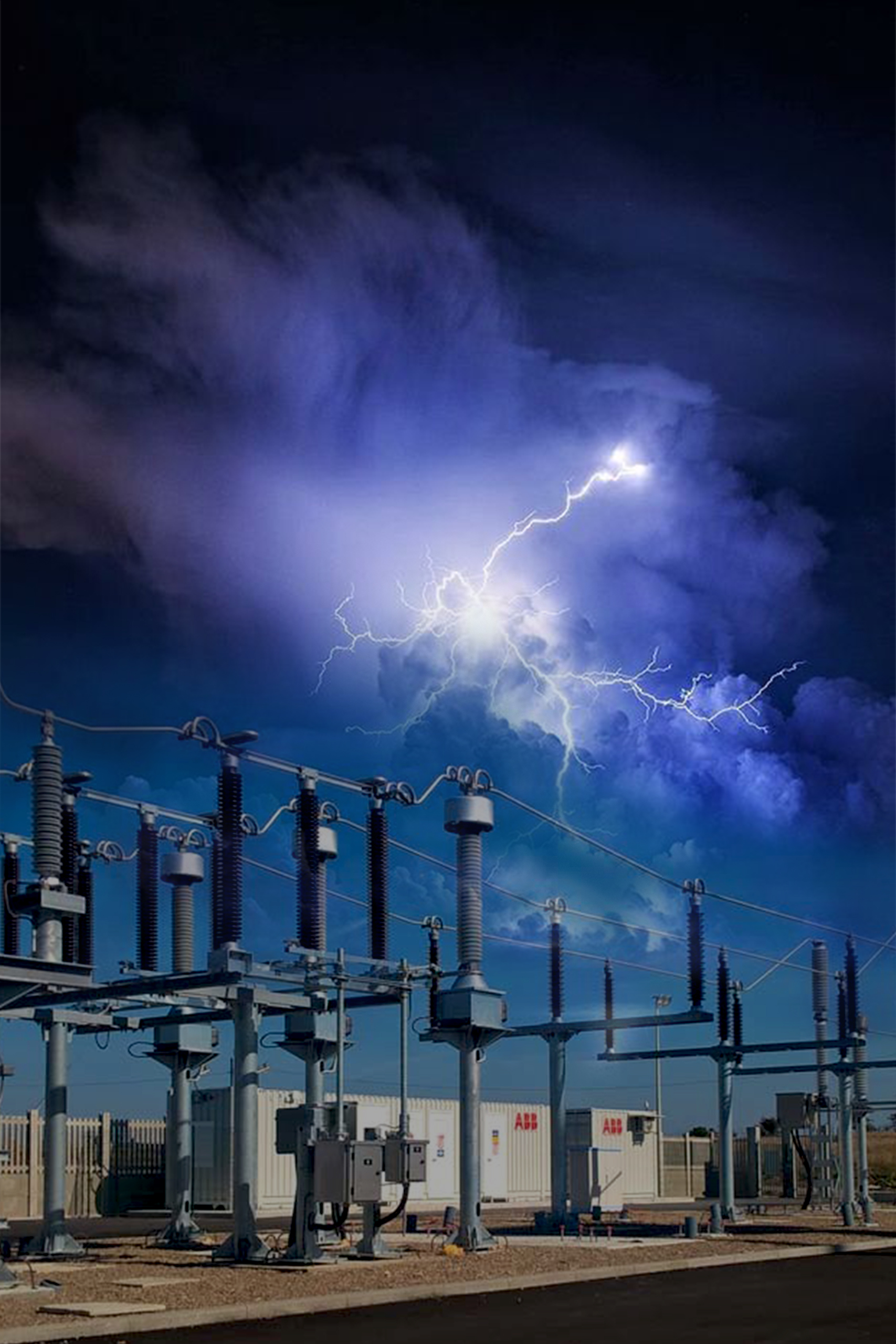Transient Ground Potential Rise (TGPR) Study for Switchyard
Transient ground potential rise is a rapid rise in ground potential while grounding a surge or an impulse. TGPR becomes increasingly relevant when high voltage charged conductors are enclosed in grounded enclosures of gas-insulated substations (GIS). However, it causes serious concern for personnel safety and circuitry protection. The below case study analyses the safety and reliability of switchgear by simulating and evaluating the effect of Transient Ground Potential Rise.
Problem Statement
To ascertain earth grid performance of 765kV GIS switchgear during a transient event.
APPROACH
Manav Energy TGPR experts modeled and analyzed TGPR using FEM-enabled analytical tools and Fast Fourier Transformation of pulse to digitally simulate and determine the earth grid performance during a high current transient event.
Benefits
This study explains the transient stresses developed in switchyard grounding systems during earth faults or lightning strikes. This enhanced study simulates the differential stress created across the grounding network due to frequency-dependent impedance changes during a transient current injection. It also explained the time-dependent high voltage between the grounded enclosure and charged conductor, enabling effective insulation coordination design. As a result, it helps design the most cost-effective grounding system without over-engineering and allows engineers to be within budgetary constraints. The study also provides appropriate mitigation plans that prevent catastrophic damages from occurring, thus always ensuring safe and reliable electrical operations.





